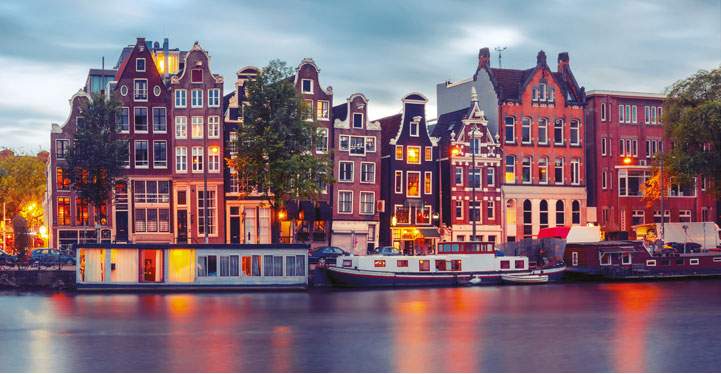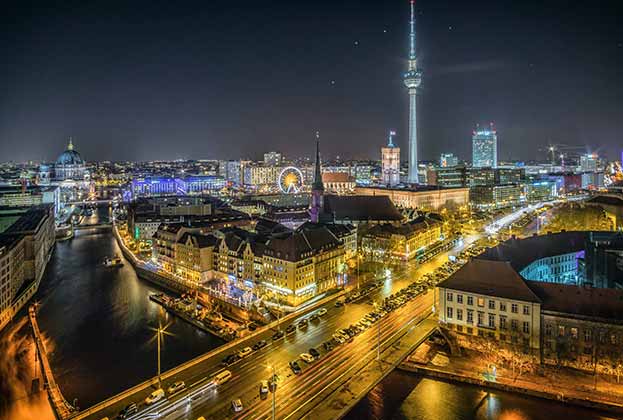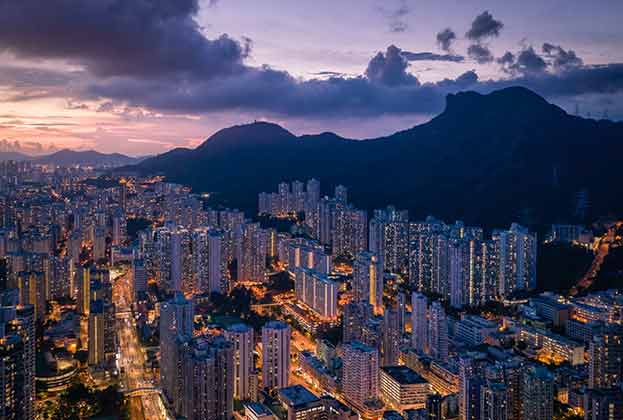Price growth sees variation across cities with different factors at play
A little under two-thirds (64%) of cities saw prices increase in the second half of the year, as activity increased in many locations. This compares to 39% that saw rises in the first half of the year.
Mixed growth in Asia
Seoul was the strongest performer for prime residential price growth in 2020. The residential market in the South Korean capital has been on an upward trend due to scarce supply and historically low interest rates. Economic activity in South Korea was also comparatively less impacted by the pandemic in 2020, as the country avoided severe lockdown measures.
Cities in China also saw strong price performance over the past year. China saw a comparatively strong economic performance in 2020. The country’s GDP increased by 2% in 2020 compared with a 4% contraction for global GDP, according to Oxford Economics. Hangzhou saw the strongest price performance out of the Chinese cities in the index, helped by talent attraction programmes and a vibrant tech environment.
Mumbai, meanwhile, saw the largest price fall over the year. The prime market in the Indian city continued to grapple with oversupply while the country was badly impacted by the virus. Price declines, however, slowed in the second half of the year as stamp-duty reductions were introduced in September.
Hong Kong also saw one of the largest price falls in 2020. Prime values in Hong Kong have been moving downwards since their June 2019 peak as the market adjusts to a changing political landscape in the city. Price falls stabilised in the second half of the year, as the recent decline in prices attracted some buyers looking to benefit from the better value on offer.
Supply impacts Europe
Despite the impact of the pandemic, supply and demand dynamics remained an important driver for prime residential values. Many cities where supply levels are low continued to see positive price growth. This was the case for a number of European cities, including Berlin, Amsterdam and Paris.

Global city: Amsterdam
Prime prices in London remained flat over 2020. Activity in the prime residential market picked up when the housing market reopened in May, fuelled by those looking for more space in all locations. There has remained a core of underlying demand, but restrictions on international travel dampened the ability for overseas buyers to purchase.
Lisbon saw the largest price falls in 2020 of the European cities in the index. Travel restrictions hindered the market here, which is driven by international buyers. Tourism is also an important driver for the local economy.
Improvement in US
Prime price performance for all the US cities in the index improved in the second half of the year compared with the first half. Factors such as loosening Covid-19 restrictions, attractive interest rates and a strong stock market gave the prime market a boost over this period.
Los Angeles saw the strongest growth through the year, followed by Miami. Both cities saw strong activity in the second half of the year driven by demand for detached homes. Prime values in San Francisco remained slightly up for the year, as supply levels in the city remain low. New York was slightly down for the year, as the prime market here faces existing oversupply.
Price falls seen elsewhere
Elsewhere, Cape Town and Dubai also saw prime values decline over the past year. Cape Town’s market was already adjusting to a weaker economic environment prior to the pandemic. Meanwhile, Dubai’s market has been inhibited by oversupply in recent years. Dubai is a highly international market with a large expat population. Price falls slowed in the second half of the year, however, helped by high demand for villas.
Read the articles within Savills Prime Index: World Cities below.
.jpg)




